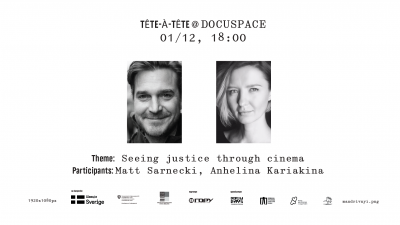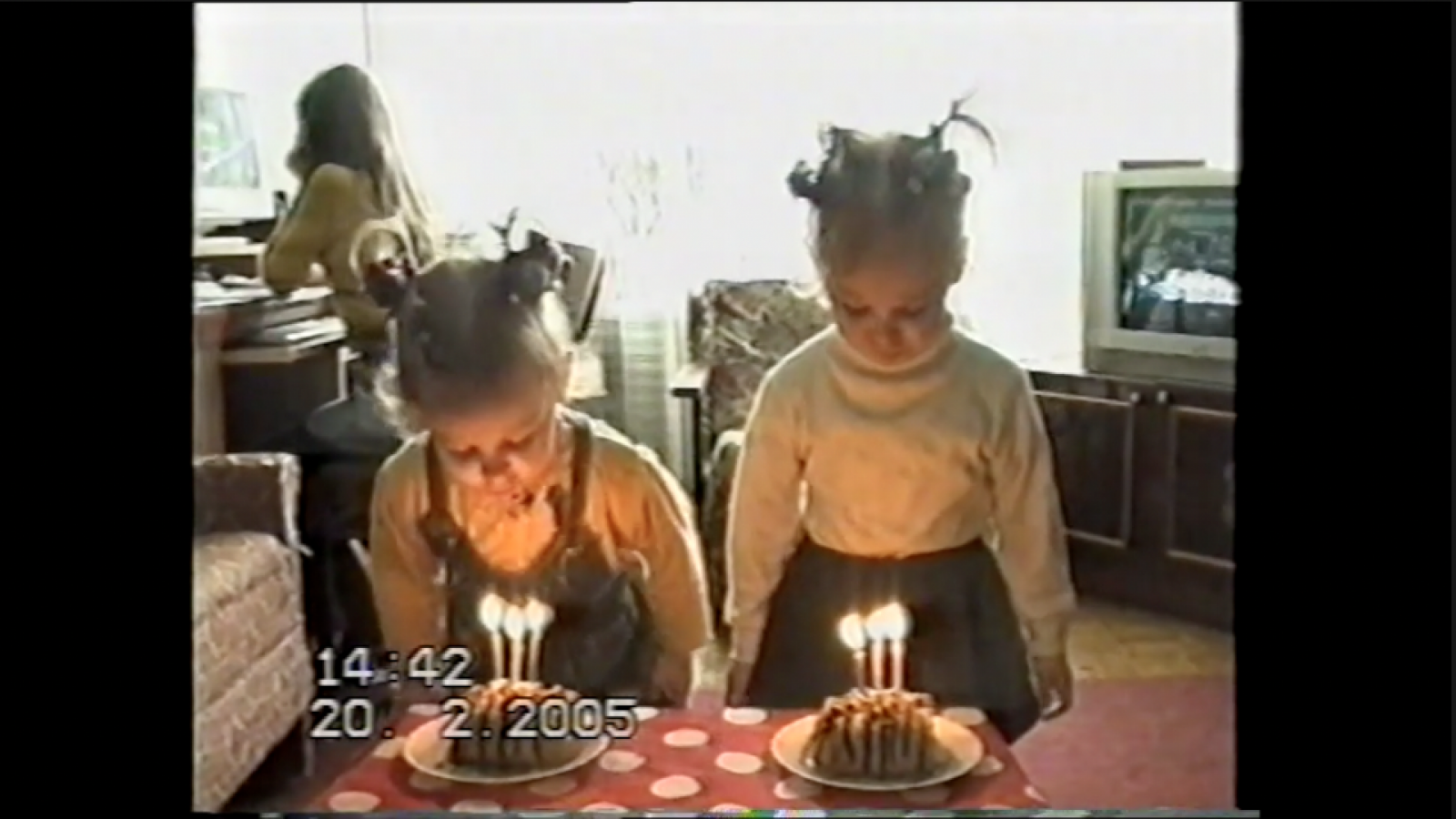
broadcast recording

The film is made from home video recordings made by a Ukrainian family in 2002-2008. Like most home videos focusing on children, they convey the feeling of a beginning and perspective – but also of repetitiveness, mundanity, the hum of time. What is our ‘together’ made of? What connections keep us together? Through vernacular videos from the past, the film seeks to speak (often in baby talk and children’s riddles) about plurality, rootedness, about us.
Maria Stoianova
Ihor Hovenko
Serhii Kulbachnyi